

Auditory and Speech-Language Services
Family and parental interaction have been encouraged during consultation, evaluation, and therapy sessions—for example, describing typical behaviors and helpful suggestions.
Intervention has been based on translational research from communication sciences and disorders, neuroscience, auditory perception, and child development theory.
The dual-purpose observation room (with a one-way window) has used (during the pandemic) to serve patients whose needs cannot be met through telehealth. Caution has been exercised.
The relaxed office space has been equipped with state-of-the-art instrumentation for the application of current methodology, knowledge, and time-honored application of theory. Attention to detail has been key to sensible design. Parents and significant others can observe procedures directly.
The services have been structured to link speech, language, and hearing for adults, adolescents, and children. Both linguistic components and higher cognitive function have been integral to a holistic approach (i.e., bottom-up and top-down). Yet, “The whole is greater than the sum of its parts.” (Laughlin, 1998).
An area for private consultation is available to discuss evaluation results, therapy options, and progress for pediatric, adolescent, and adult patients.

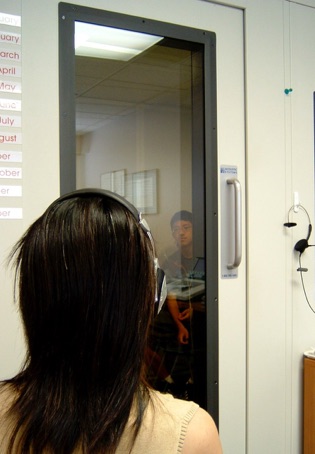

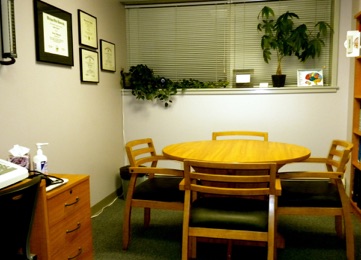
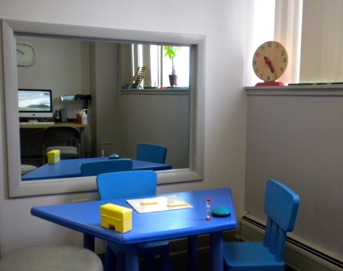
The clinic is a dedicated space for only speech and hearing services to adults, adolescents, and children. The clinician and patients have access to four dedicated lavatories and hand sanitizers in every space to reduce the likelihood of bacterial and/or viral transmission. From its inception, the office suite was designed for physical distancing and attention—that is, one family/patient at a time.
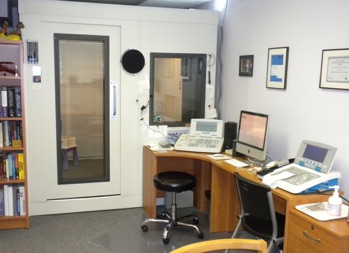
An open and transparent environment promotes direct family input, while maintaining HIPAA compliance and confidentiality through electronic health records (EHR).
OtoLing has provided services with cultural competency to several families from linguistically diverse backgrounds, and who have sought relevant intervention to their needs. This image is a partial representation of first-generation immigrant families since year 2006.

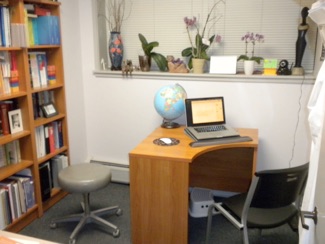

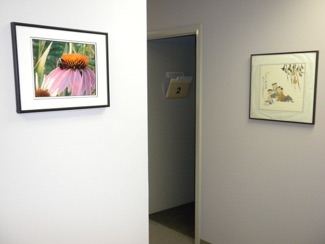
Only one family is seen at a time for privacy, social distancing, and reduced risk of health concerns.
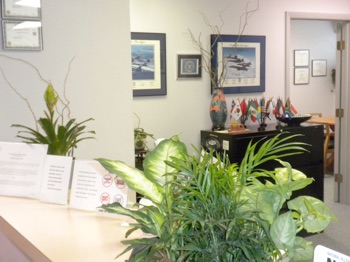
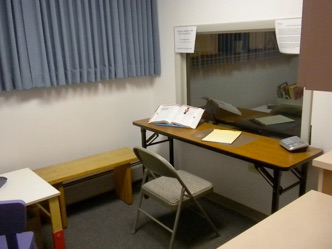
Copyright © 2022 OtoLing All rights reserved OtoLing Logo Trademark pending: Dr. Willard C. Hooks, Jr.